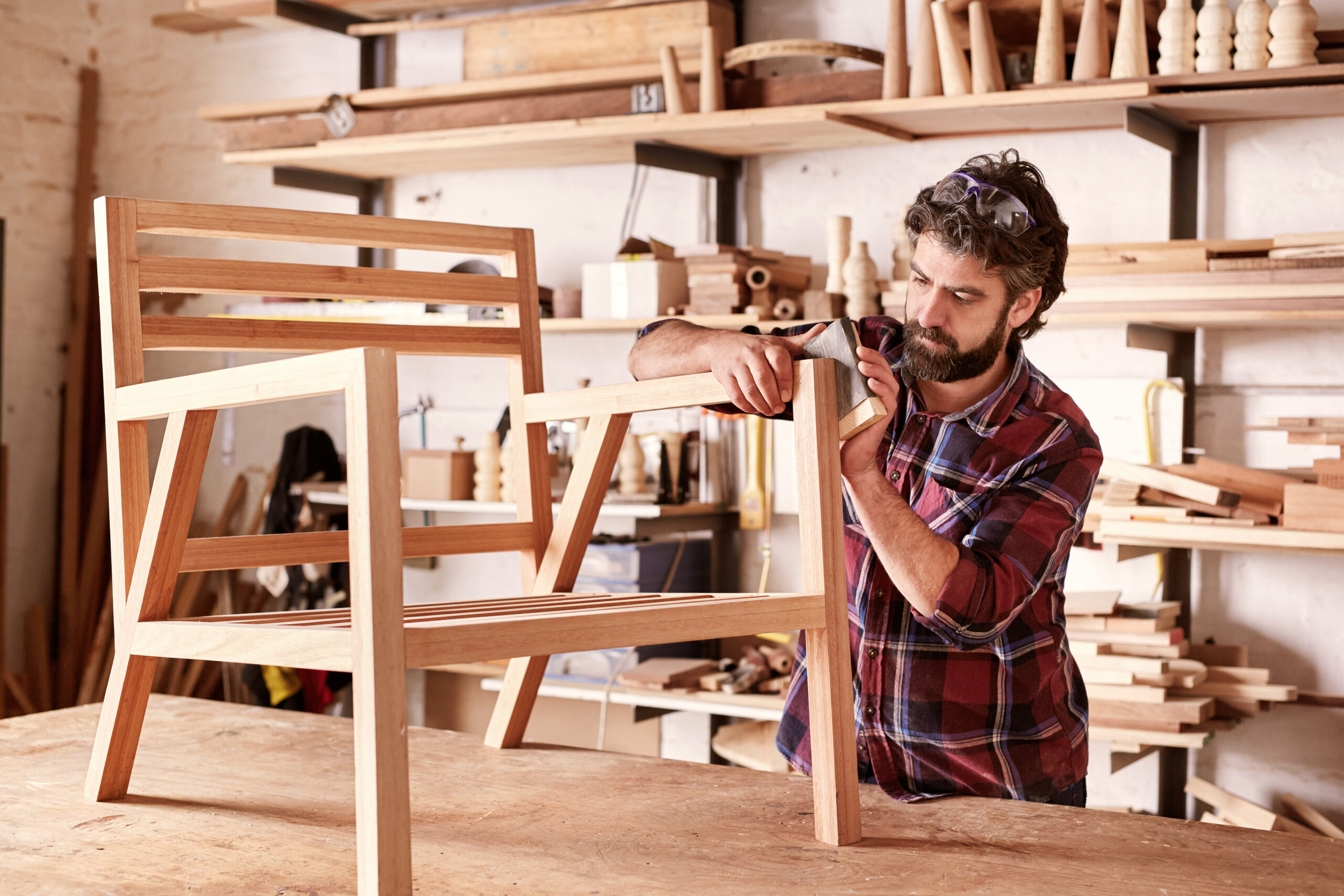Pros And Cons Of Making Your Own Furniture
Ever dreamt of a bookshelf that perfectly complements your living room or a nightstand that fits snugly in that awkward corner? By taking on DIY furniture projects, you can transform dreams like these into reality. But as with any endeavour, there are both pros and cons for you to consider. So, what are they? In this article, we’ll explore the pros and cos of making your own furniture.
Here are some pros to making your own furniture at home;
- Customisation: Mass-produced furniture rarely caters to your unique needs. Building your own pieces allows you to personalise every aspect, from size and shape to materials and finishes – the possibilities are endless!
- Quality Control: Furniture manufacturers prioritise affordability and mass production. Building your own furniture empowers you to select high-quality, durable materials like solid hardwoods or moisture-resistant plywoods. You can craft a piece that can be passed down through generations, not destined for a landfill in just a few years.
- Skill development: Furniture making is a fantastic journey into woodworking. With each project, you’ll hone your skills in cutting, joining, and finishing. The satisfaction of building something beautiful and functional with your own hands is truly unmatched.
- Potential cost savings: Depending on the complexity of your design and the materials you choose, building your own furniture can be more cost-effective than buying high-end pieces. While the initial investment in high-quality tools like Milwaukee nail guns might seem daunting, you can reuse them in future projects, getting your money back over the long run value.
Here are some cons to making your own furniture at home;
- Time commitment: Creating beautiful furniture takes time. From planning and design to execution and finishing, be prepared to sink a significant number of hours into each project.
- Skill level: Some furniture projects require advanced woodworking skills, so you’ll need to honestly evaluate your skillset and research each project thoroughly before diving in. There’s no shame in starting small and gradually progressing to more complex builds. You can always take woodworking courses to improve your skills before tackling more advanced projects.
- Tool investment: As mentioned above, most furniture making benefits from having a good set of tools. These come with a price tag, so be sure you’re genuinely interested in the craft before investing.
- Space requirements: Building furniture requires workspace. Ideally, you’ll need a dedicated workshop or garage. If space is limited, consider alternative solutions like renting a workshop space for specific build days or opting for smaller, more manageable projects that can be completed in your living area.
Building your own furniture is an enriching experience that allows you to express your creativity and craft pieces that perfectly suit your needs and style. However, it’s equally important to be realistic about the time, skills, and resources required. By weighing the pros and cons carefully, you can decide if the journey of DIY furniture making is the right path for you.






